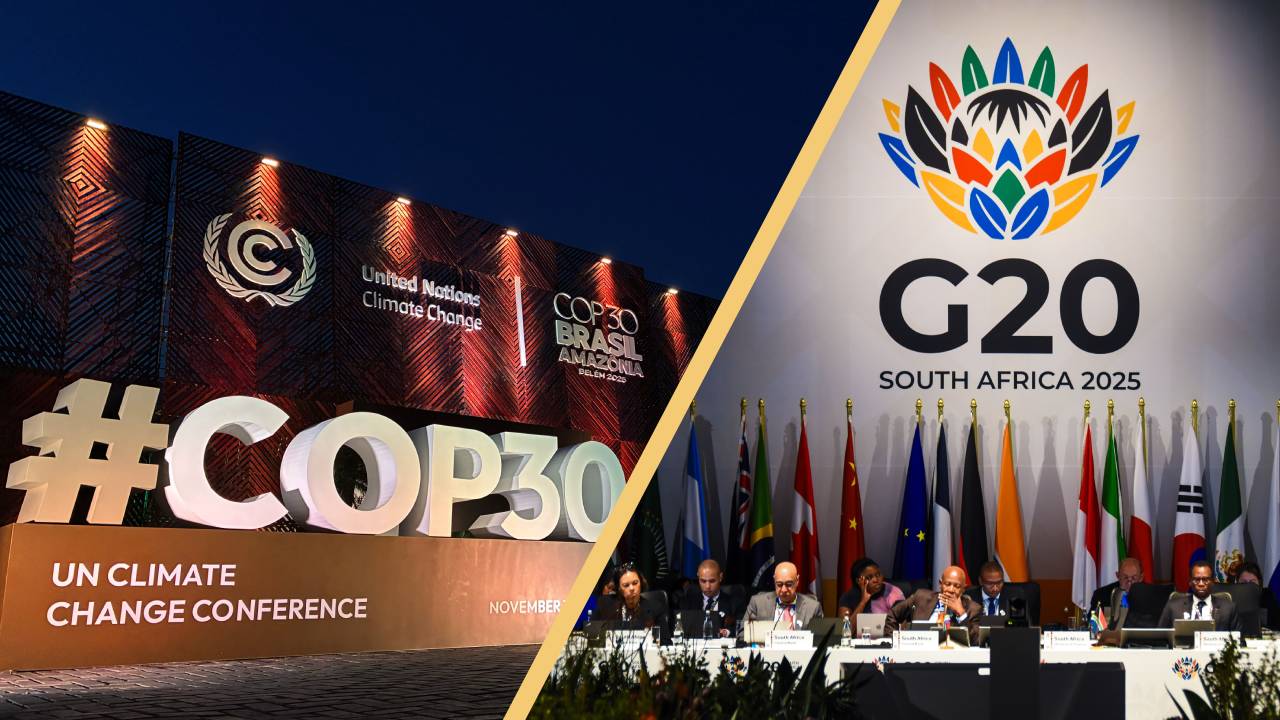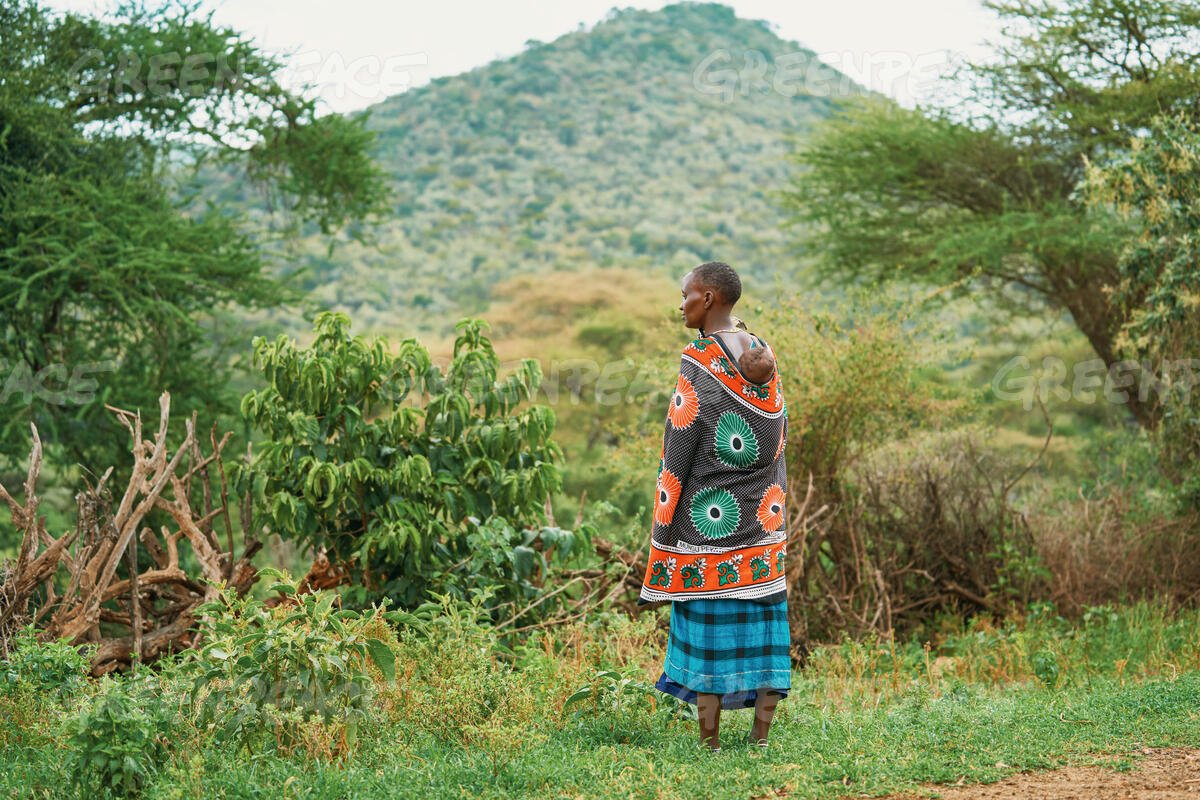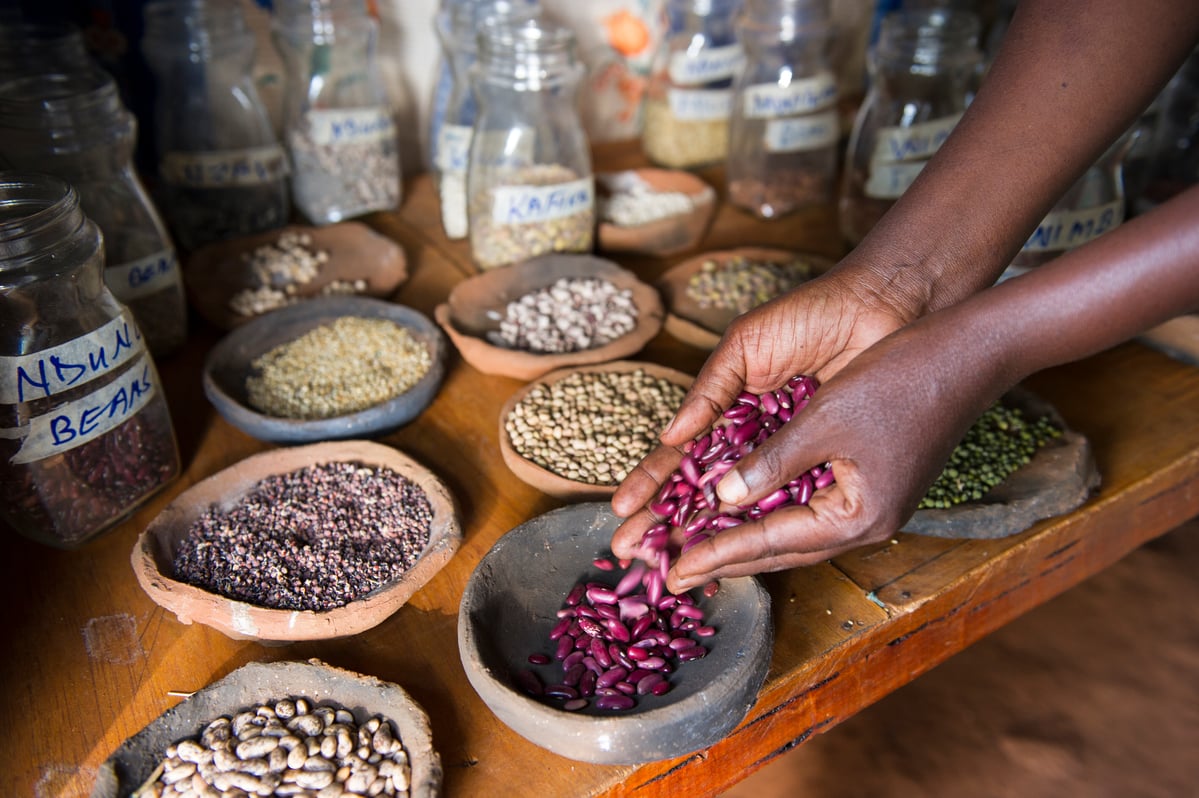SOUTH AFRICA, 3 June 2025 – A new report released today by Greenpeace Africa and the Centre for Research on Energy and Clean Air (CREA) reveals a devastating and avoidable public health crisis. In 2023 alone, 42,000 South Africans lost their lives due to exposure to fine particle pollution (PM2.5), including over 1,300 children under the age of five.
Behind these deaths lies a simple truth: polluters are poisoning our air and putting profits above people. Industrial giants, especially in the coal and energy sectors, continue to emit dangerous levels of toxic pollutants into the air we breathe, fully aware of the devastating health consequences.
The report shows that fine particle pollution (PM2.5 — a dangerous pollutant formed by burning coal and fuel and so small that it can enter the bloodstream through the lungs) cost South Africa over R960 billion in 2023, the equivalent of 14% of the GDP. These costs come in the form of premature deaths, respiratory illness, lost workplace productivity, and overburdened health systems.
Communities in the Highveld region and Gauteng and Mpumalanga provinces, which are home to the country’s largest coal-fired power plants and industrial zones, are hardest hit. The data makes it clear: coal is killing us.
‘Science is unequivocal. The air South Africans breathe is toxic, and the corporations driving this crisis must no longer be protected by silence or inaction,’ said Cynthia Moyo, Climate and Energy Campaigner at Greenpeace Africa.
Despite mounting evidence and repeated warnings from health experts, polluting industries continue to operate without accountability. Eskom’s coal fleet, for example, remains one of the world’s largest contributors to deadly air pollution, with some facilities continuing to apply for exemptions from pollution limits meant to protect public health.
The report also shows that aligning South Africa’s air quality standards with World Health Organization (WHO) guidelines could prevent up to 33,000 deaths per year. Even meeting existing national standards could save more than 9,000 lives annually.
“South Africa’s Constitution guarantees the right to a healthy environment but that right is being violated every day by polluters. Communities deserve clean air, not corporate impunity,” added Dr Jamie Kelly, Health Impact Assessment Team Lead at CREA.
Greenpeace Africa calls for:
- an immediate end to exemptions from air pollution limits for major emitters;
- the full enforcement of national air quality standards;
- a bold, just transition away from coal to renewable energy that centers communities;
- stronger transparency and access to real-time pollution data for the public.
This report, Unmasking the Toll of Fine Particle Pollution in South Africa, is not just a call to awareness, it’s a call to action. South Africans deserve clean air and a livable future. The time to hold polluters accountable is now.
-End-
Contacts
Ibrahima Ka Ndoye, International Communications Coordinator, Greenpeace Africa, +221 77 843 71 72, [email protected]
Ferdinand Omondi, Communications and Storytelling Manager, Greenpeace Africa, +254 722 505233, [email protected]
Notes to editors

Greenpeace Africa SA Air Pollution Report
Greenpeace Africa has published the report here.
CREA has published the report here.
Greenpeace Africa media assets are available here.
About Greenpeace Africa
Greenpeace Africa is a growing movement of people acting in protection of the environment. Our campaigns use peaceful, creative confrontation to expose environmental injustices around the world and develop solutions for a green and peaceful future.
About CREA
The Centre for Research on Energy and Clean Air (CREA) is an independent research organisation focused on revealing the trends, causes, and health impacts, as well as the solutions, to air pollution. The organisation’s work is funded through philanthropic grants and revenue from commissioned research.
About the methodology
PM2.5 exposure
Human exposure to PM2.5 is estimated using the dataset of van Donkelaar et al. (2021) and Hammer et al. (2023), version V5.GL.05.02. The dataset provides estimates of annual ground-level PM2.5 by combining Aerosol Optical Depth (AOD) retrievals, the GEOS-Chem chemical transport model (http://geos-chem.org), and global ground-based observations.
Health impact assessment
Based on the spatial distributions of the PM2.5 simulated exposure map, we then calculated the corresponding public health impacts between 1 January 2023 to 31 December 2023. CREA’s health impact assessment (HIA) framework builds on earlier work (Myllyvirta, 2020) but incorporates important methodological updates. Compared to the original approach, we now use integrated exposure response (IER) functions from the upcoming GBD 2023 study (IHME, 2025) instead of the Global Exposure Mortality Model (GEMM), and we have added dementia as a new health endpoint. The framework continues to include a comprehensive set of health outcomes, selected to avoid overlap and to enable robust economic valuation.
The full methodology is available in the report.



